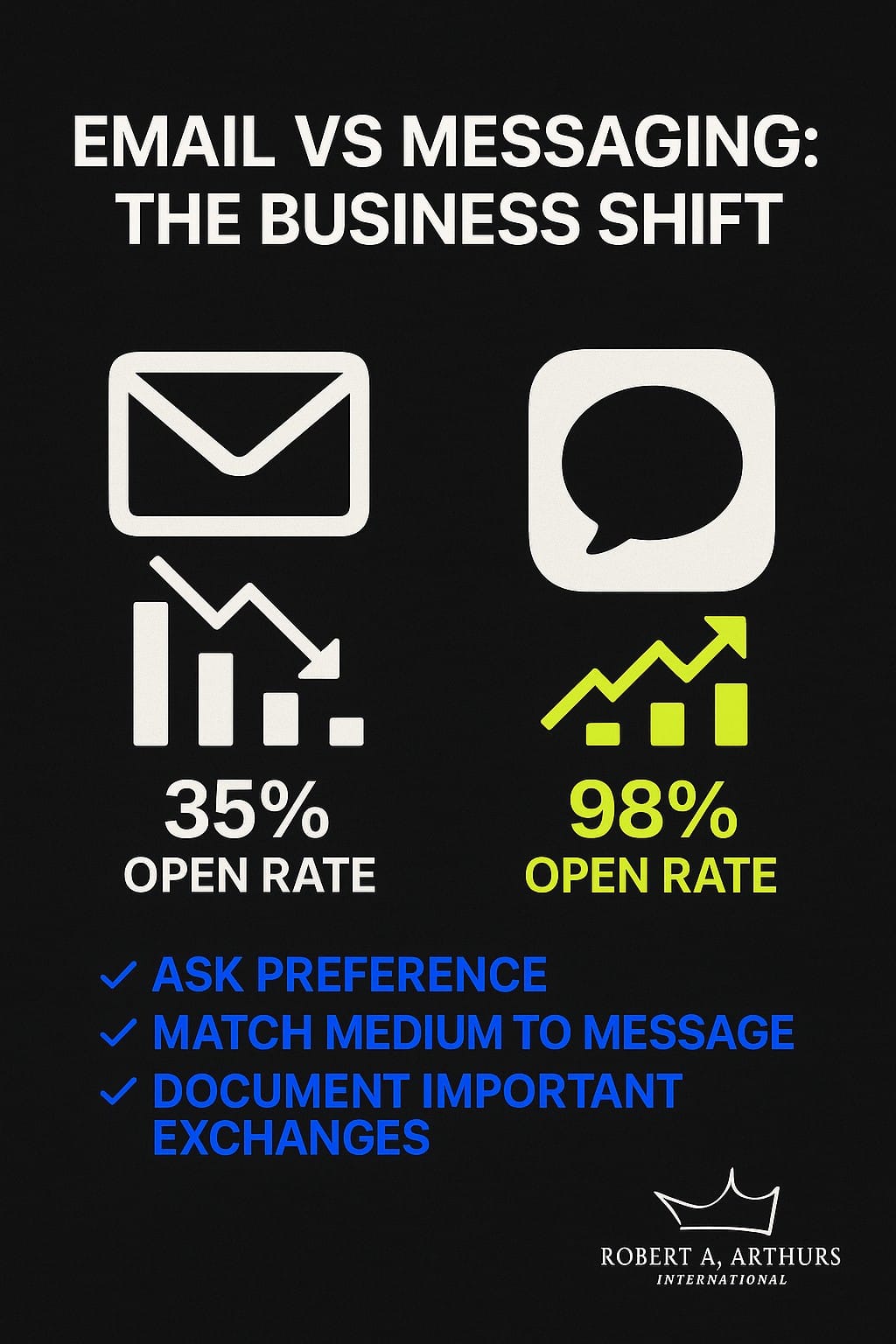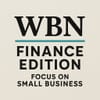
Email is dying. Are you still waiting for replies that won't come?
I've worked with over 800 global businesses across 36 years, and one shift is unmistakable: traditional email is losing ground to instant messaging.
If you're still relying primarily on email for business communication, you're likely experiencing:
- Longer response times
- Declining engagement rates
- Missed opportunities
- Frustrated partners saying "I don't check email often"
But—people are still overwhelmed, deferring, and shifting channels.
- A study found that “deferral” of email (deciding to handle or respond later) is common in enterprise settings: Users are more likely to defer when replying will take time, or they’re busy. arXiv
- The phenomenon of “email fatigue” or backlog (sometimes called “email-bankruptcy”) is well documented: the idea that people give up trying to catch up with their inbox. Wikipedia+1
- Younger professionals (Generation Z) report “email anxiety”: they find the formality of email less aligned with their preference for instant or informal messaging. New York Post
It's not just you. The data confirms what we're all experiencing:
- Email open rates have dropped to just 35.6% in 2023, down from 38.2% the previous year (https://mailmodo.com/email-open-rate-statistics/)
- Business professionals receive 95 emails daily but only send 38 (https://review42.com/resources/email-statistics/)
- Instant messaging tools allow 30% faster responses than email (https://www.nojitter.com/team-collaboration-tools/instant-messaging-statistics-reveal-key-business-trends)
- WhatsApp and other messaging platforms boast 98-99% open rates compared to email's dismal 20-25% (https://www.textmagic.com/blog/sms-marketing-vs-email-marketing/)
- 63% of B2B decision-makers now prefer messaging platforms over traditional email
I'm not suggesting abandoning email entirely. But smart business requires smart communication.
WHY MESSAGING IS WINNING:
• Immediacy: Real-time back-and-forth creates momentum
• Human Connection: Feels more personal and relationship-focused
• Reduced Formality: Less anxiety about perfect wording/structure
• Notifications: People check message apps multiple times daily
• Media Integration: Easy sharing of voice notes, video, and files
HOW TO ADAPT YOUR STRATEGY:
• Ask contacts their preferred communication channel upfront
• Use email for documentation, formal proposals, and legal matters
• Shift relationship-building to messaging platforms
• Create channel-specific templates for efficiency
• Set clear expectations about response times for each platform
AVOID THESE MISTAKES:
• Sending lengthy messages better suited for email
• Failing to document important agreements made via messaging
• Not respecting after-hours boundaries on instant platforms
• Using the wrong platform for the wrong type of communication
• Expecting immediate responses without setting that expectation
NEXT STEP:
Audit your last 10 business communications that received slow/no responses. Were they emails? Try resending one key message through LinkedIn, WhatsApp, or text today and track the difference in response time.
The most successful business leaders I work with aren't abandoning email—they're becoming strategically selective about when to use it versus more immediate channels.
Comment "checklist" and I'll send you my Communication Channel Selection Guide to help you choose the right platform for every business situation.
LinkedIn: https://www.linkedin.com/in/robertarthurs/
Robert Arthurs is the founder of Robert Arthurs International, a global business mechanic with 23 years of experience fixing businesses and fueling international trade strategies for entrepreneurs across Canada and beyond.
TAGS: #Business Communication #Communication Strategy #Email Marketing #Instant Messaging #Digital Transformation #Business Efficiency #Leadership Skills #Robert Arthurs International





